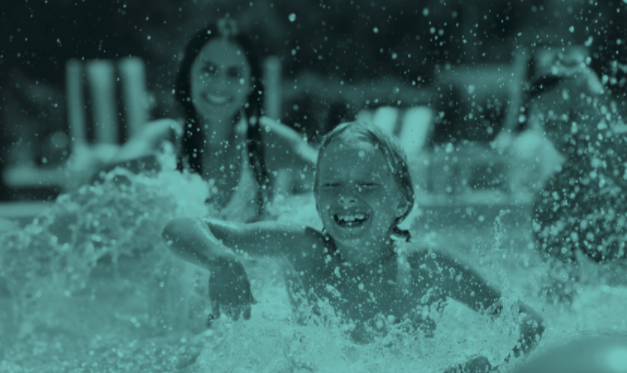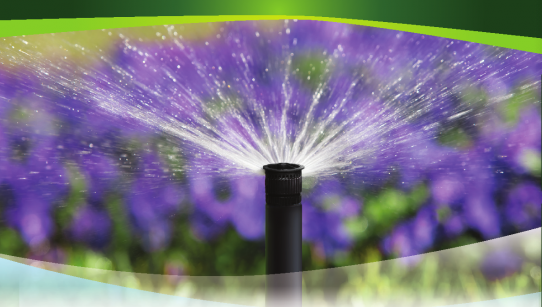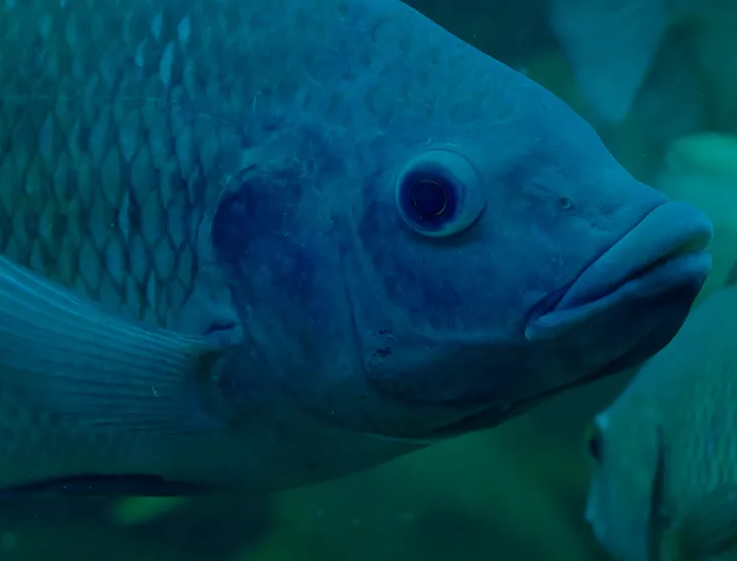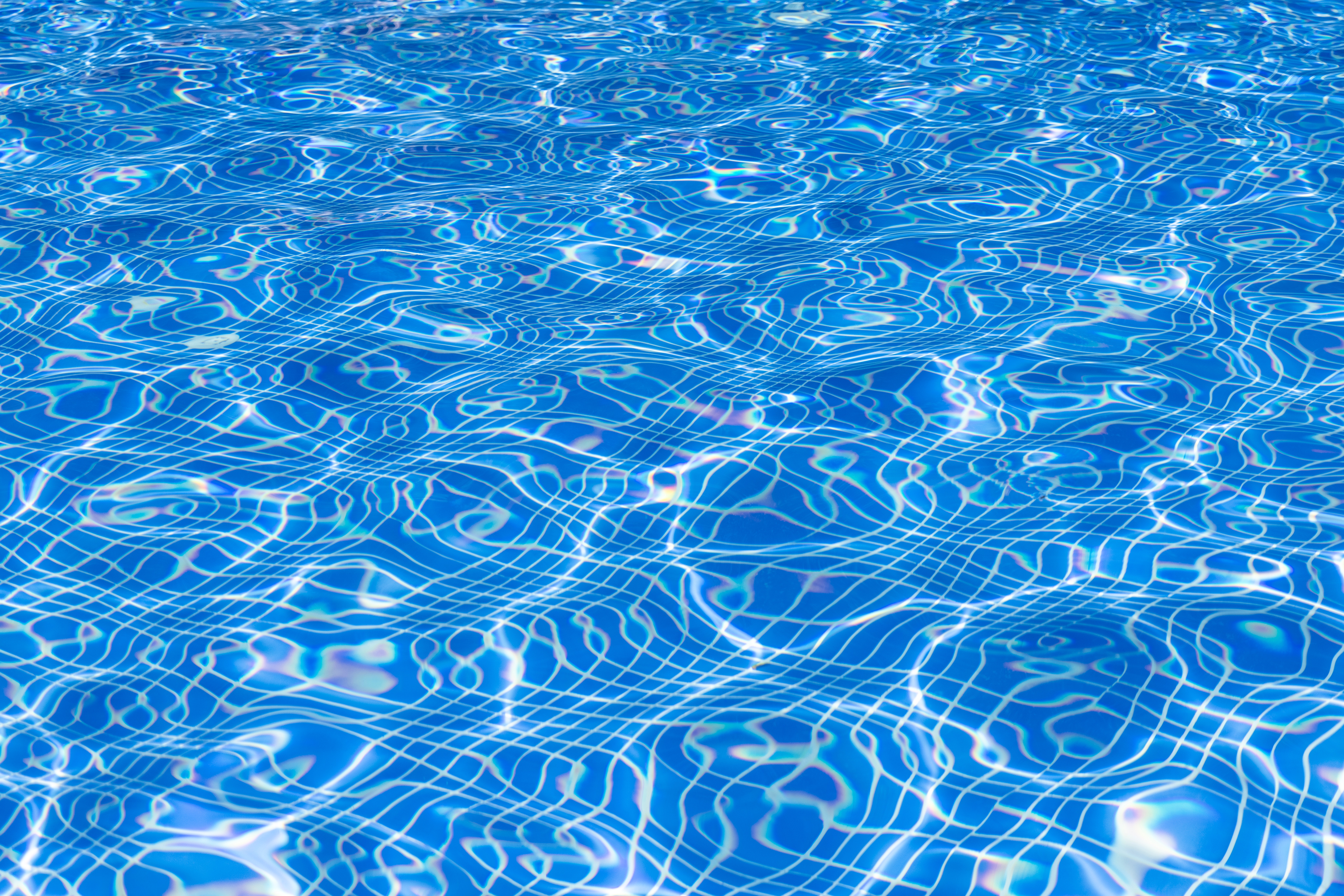How Climate and Location Impact Pool Heat Pump Efficiency for People: Finding the Best Money-Back Value
How Climate and Location Impact Pool Heat Pump Efficiency for People: Finding the Best Money-Back Value
Swimming pools are a great way to stay cool during the hot
summer months. However, heating a pool can be quite expensive, and traditional
methods of heating, such as gas or electric heaters, can significantly increase
energy bills. This is where swimming pool heat pumps come in. They are an
energy-efficient way of heating pools, but their efficiency can be impacted by
a number of factors, including climate and location.
Climate
Climate plays a significant role in the efficiency of
swimming pool heat pumps. Heat pumps work by extracting heat from the air and
transferring it to the water in the pool. As such, the efficiency of the heat
pump is affected by the ambient temperature of the air. The hotter the air, the
more efficient the heat pump will be.
Impact of warm climate
In warm climates, heat pumps can be very efficient, as they
can extract heat from the air even when the temperature drops at night. This
means that the heat pump can maintain a consistent temperature in the pool
throughout the day, without consuming a large amount of energy. In fact, heat
pumps can be up to five times more efficient than traditional pool heaters,
which use a lot of energy to generate heat. In warm climates, this means that
you can maintain a comfortable pool temperature without worrying about high
energy bills.
The efficiency of a swimming pool heat pump in warm climates
is also impacted by the humidity in the air. High humidity can reduce the
efficiency of a heat pump, as it makes it more difficult for the heat pump to
extract heat from the air. This is because the heat pump needs to remove
moisture from the air before it can extract heat, which can increase the amount
of energy it uses. To ensure that a swimming pool heat pump operates
efficiently in warm climates, it is important to maintain the air filter and
evaporator coil regularly. A dirty air filter or evaporator coil can reduce the
efficiency of the heat pump, making it less effective at heating the pool
water.
Impact of cold climate
In cold climates, the efficiency of a swimming pool heat
pump can be reduced, making it less effective at heating the pool water. In
cold climates, the air temperature can drop below the minimum operating
temperature of the heat pump, which is typically around 50 degrees Fahrenheit
(10 degrees Celsius). When this happens, the heat pump may struggle to extract
enough heat from the air to warm the pool water effectively, and its efficiency
may be reduced. To compensate for the reduced efficiency in cold climates, some
heat pumps are equipped with a defrost cycle. This cycle works by temporarily
reversing the flow of refrigerant through the heat pump to defrost the
evaporator coil, which can become coated with ice in cold temperatures.
However, the defrost cycle consumes energy, which can increase the cost of
heating the pool.
In cold climates, it may be necessary to supplement a
swimming pool heat pump with another type of heater, such as a gas or electric
pool heater. These heaters can quickly warm the pool water to a comfortable
temperature, even when the air temperature is low. While gas and electric pool
heaters can be more expensive to operate than heat pumps, they may be necessary
in cold climates to ensure that the pool remains at a comfortable temperature.
Location
When it comes to swimming pool heat pumps, the location of
the heat pump itself can have a significant impact on its efficiency. Heat
pumps work by extracting heat from the air, and the location of the heat pump
can determine the quality and temperature of the air it is extracting heat
from. Here are some factors to consider when determining the ideal location for
a swimming pool heat pump.
Sun Exposure
The sun exposure of a heat pump's location is a critical
factor in determining its efficiency. Heat pumps rely on heat from the surrounding
air to warm the pool water, and the sun is a key source of this heat. A heat
pump located in an area that receives plenty of direct sunlight will be more
efficient than one located in a shaded area. When a heat pump is located in a
sunny area, the air around the unit is warmer, which makes it easier for the
heat pump to extract heat and transfer it to the water in the pool. This means
that the heat pump doesn't have to work as hard to warm the pool water, which
reduces the amount of energy it consumes.
On the other hand, a heat pump located in a shaded area will
have to work harder to extract heat from the air. This is because the air
temperature in shaded areas is typically cooler than in sunny areas. As a
result, the heat pump will have to run longer to achieve the desired
temperature, which will consume more energy and may reduce the overall
efficiency of the unit. It is important to note that while a sunny location is
ideal for a heat pump, it is also important to protect the unit from direct sunlight.
Heat pumps are designed to operate within a specific temperature range, and
exposure to direct sunlight can cause the temperature around the unit to rise
above the recommended range. This can cause the unit to overheat, which can
damage the components and reduce the efficiency of the unit over time.
Airflow
If the heat pump is located in an area with poor airflow, it
may struggle to extract heat efficiently from the surrounding air. Poor airflow
can be caused by obstacles such as buildings, trees, or other structures that
block the natural flow of air. In addition, if the heat pump is located in an
area where the air is stagnant or does not circulate, this can cause the heat
pump to overheat, which can damage the unit and reduce its efficiency over
time.
To ensure that the heat pump is located in an area with good
airflow, it is important to consider the placement of the unit in relation to
any obstacles that may impact the natural flow of air. The heat pump should be
located in an open area that allows for the natural circulation of air, which
will ensure that the air being circulated through the heat pump is fresh and of
good quality.
Distance from the Pool
When the heat pump is located close to the pool, there is
less distance for the water to travel between the pump and the pool. This means
that less energy is required to circulate the water, which can result in a more
efficient system. On the other hand, if the heat pump is located far away from
the pool, it will require more energy to circulate the water, which can reduce
the efficiency of the system. In addition, locating the heat pump close to the
pool can also help to reduce the overall cost of installation. When the unit is
located further away from the pool, additional piping and electrical wiring may
be required, which can add to the cost of the installation.
However, it is also important to consider other factors when
determining the location of a swimming pool heat pump. For example, as we
mentioned earlier, the unit should be located in an area with good airflow and
protected from direct sunlight. In addition, the location should be easily
accessible for maintenance and repairs.
In conclusion, climate and location are important factors to
consider when installing a swimming pool heat pump. While heat pumps are an
energy-efficient way of heating a pool, their efficiency can be impacted by
these factors. By taking these factors into consideration, you can ensure that
your heat pump is operating at peak efficiency, and you can enjoy a warm and
comfortable pool all year round.







.png)




No comments yet